Name Javiera Carrera | ||
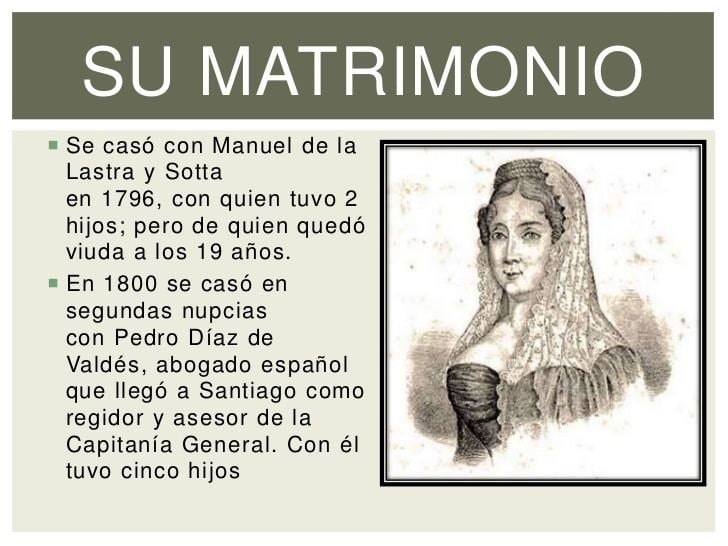 | ||
Siblings Jose Miguel Carrera, Luis Carrera, Juan Jose Carrera Nephews Jose Miguel Carrera Fontecilla Similar People Jose Miguel Carrera, Luis Carrera, Ignacio de la Carrera | ||
Javiera carrera biograf a
Francisca Xaviera Eudoxia Rudecinda Carmen de los Dolores de la Carrera y Verdugo (March 1, 1781 – August 20, 1862), better known as Javiera Carrera, was a member of one of the most aristocratic Chilean families, the Carrera family of Basque origin, who actively participated in the Chilean War of Independence. Together with her brothers José Miguel, Juan José and Luis, they were some of most important leaders of the early Chilean struggle for independence during the period known as the Patria Vieja ("Old Republic"). She is credited with having sewn the first national flag of Chile and is considered to be the "Mother of Chile".
Contents
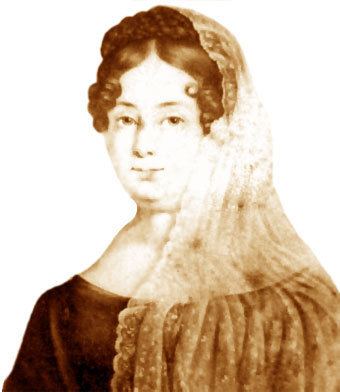
Mini biografia javiera carrera
Life

She was born in Santiago, the oldest child of Ignacio de la Carrera y Cuevas and of Francisca de Paula Verdugo Fernández de Valdivieso y Herrera. From her youth, she was well known because of her beauty and strong character. She married young, on May 2, 1796, to Manuel de la Lastra y de la Sotta, with whom she had two children: Manuel and Dolores. He died in 1798. She remarried in 1800 to the Spanish aristocrat, Pedro Díaz de Valdés. They had five children: Pedro, Domitila, Pío, Santos and Ignacio.
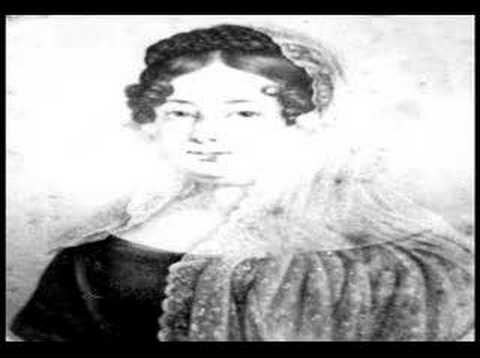
During the time of the Patria Vieja ("Old Republic"), she became the firmest supporter of her family in their struggle to achieve an independent Chile. She organized and supported all the social organizations that lent their support to the nascent government. At that time she sewed the first Chilean flag (1812). Due to all of her activities, she became the visible face and heroine of those early struggles.
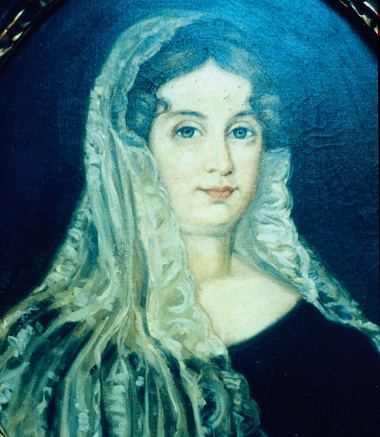
After the Spanish Reconquista of 1814, she went into exile, together with her brothers, to Argentina. She lived first in the city of Mendoza, was jailed in Luján, later was imprisoned in a convent in Buenos Aires by pro-San Martin forces, who were allied with O'Higgins and were enemies of the brothers Carrera. She escaped and took refuge in a Brazilian ship, bound for the city of Montevideo, in Uruguay. There she received the news of the executions of her brothers Juan José and Luis in 1818, and of José Miguel in 1821. She didn't return to Chile until three years later, in 1824, one year after the resignation and exile of Bernardo O'Higgins, whom she considered responsible for their deaths.
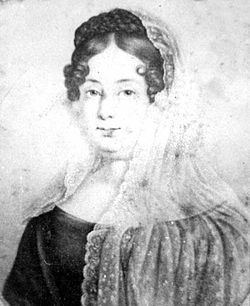
Once in Chile, she dedicated all her energies to having her brothers' bodies, who had been buried in the Claustro de la Caridad in Mendoza, repatriated. President Francisco Antonio Pinto did so in 1828. She lived the rest of her life very quietly in her hacienda of El Monte, where she died in August 1862.
Legacy

Carrera is seen as a symbol of a Chilean woman standing up to authority like Paula Jaraquemada and Inés Suárez. She is still mentioned as a role model to contemporary protesters against mistreatment.
One of the most prestigious girls-only public schools in Santiago, Chile is named after her, the Liceo A-1 Javiera Carrera (Public School A-1 Javiera Carrera). One of its most famous students is the former Chilean president, Michelle Bachelet.
